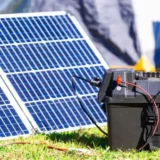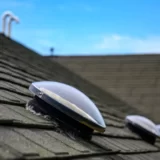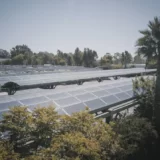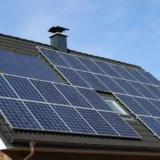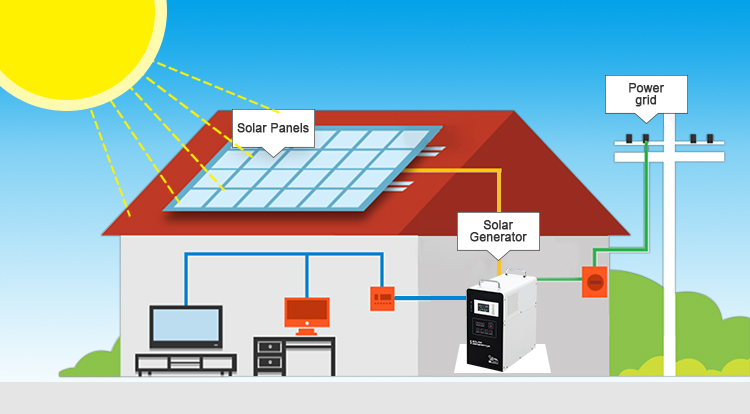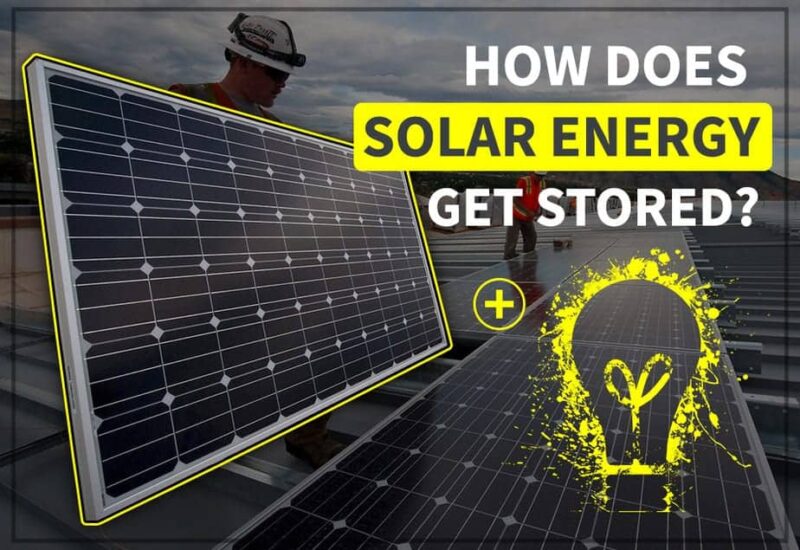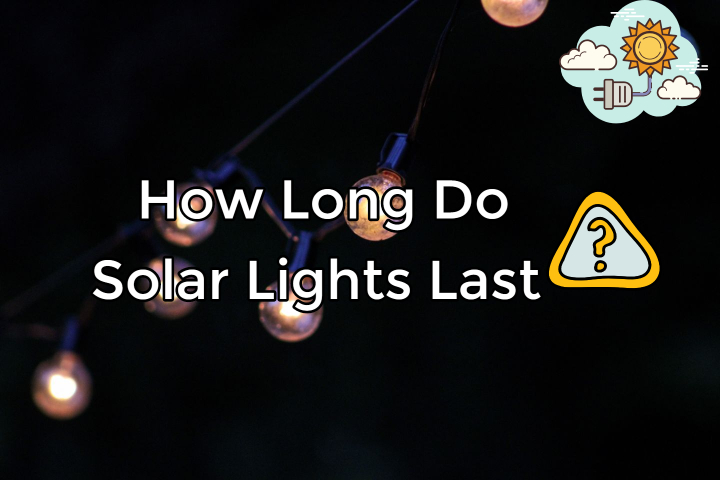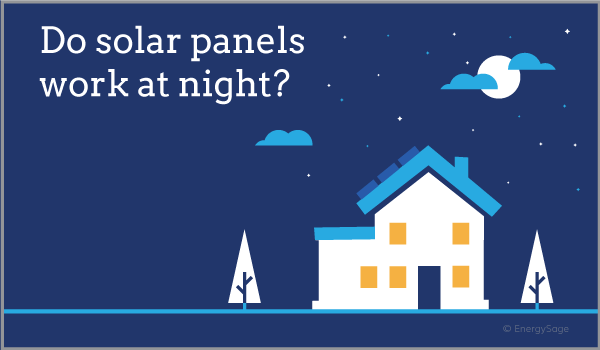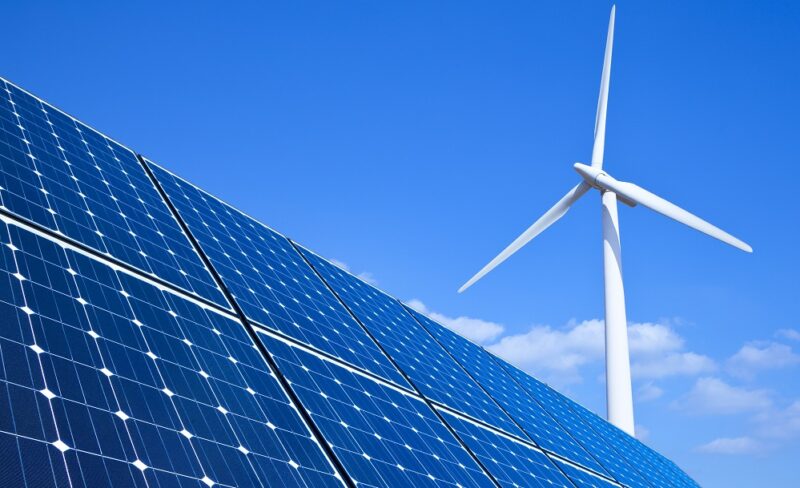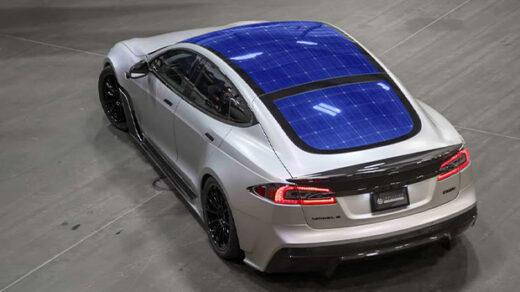Solar generators work with solar panels to provide backup power for your home in the event of a power outage, etc. With solar accounting for 39% of all new electricity generation in the United States, the importance of solar generators cannot be diminished.
So, can a solar generator power a house? Yes, a solar generator can run a house, but it’s not that simple. In this article, we’ll explore how solar generators work and learn how to calculate the required size of a solar generator.
Table of Contents
Types Of Solar Generators
Generators are badly needed in areas with frequent power outages. In a residential setting, there are two main types of solar generators.
Solar Backup Generator
Solar Storage These generators are designed to provide backup power in the event of a grid failure. Backup generators are an excellent alternative to installing a complete solar panel system.
They are enough to turn on lights, computers, TVs, and other small to medium appliances.
These backup generators typically take 48 hours to fully charge. The charging speed will depend on the amount of sunlight the generator system receives and the size of the solar panels.
Moving a solar backup generator is not easy due to its weight. While they are large enough to power large properties, they are also quite expensive.
Portable Solar Generator
As the name suggests, you can use these generators anytime. They are ideal for station wagons, cabins, cars, homes, and boats. You can even use them on camping trips.
Solar panels charge the batteries of portable solar generators. However, you may encounter some problems.
Portable solar generators may not have enough power to power heavy equipment. Also, it may not be able to power multiple devices at once.
Portable generators remain a popular option because they are affordable, low maintenance, and don’t emit carbon dioxide or noise.
Read More: Best Solar Generator for Refrigerator
Components Of A Solar Generator
Solar Panel
Solar panels contain crystalline conductors that generate electricity when they come in contact with solar energy. As far as generators are concerned, their job is to charge the solar generator’s batteries.
Depending on the size of your solar panel system, you can charge your solar cells in hours.
Charge Controller
The solar charge controller regulates the energy transferred from the solar panel to the battery to prevent overcharging.
Charge controllers usually have a load input that enables you to add light equipment to the controller.
It balances the solar cell energy with the load and automatically cuts off the load if the battery is very low.
Inverter
An inverter is essentially a conversion device that converts direct current to alternating current.
Solar panels, batteries, and charge controllers all generate direct currents. However, most household appliances use AC power. Therefore, you need an inverter to convert the electrical energy.
Battery
Batteries just store energy. We encounter batteries every day, from cell phones to laptops to cars.
Most solar generators use solid and reliable lithium-ion batteries. These batteries allow portable devices to operate for extended periods of time, even throughout the day.
How Do Solar Generators Work?
Solar generators work much like batteries, they charge and discharge based on the power available.

Solar panels are the primary charging source for solar generators. The panels convert sunlight into DC electricity, which then passes through the charge controller.
The controller regulates the voltage in the solar cell. The energy remains in the battery storage until its final use.
When energy needs to be used, the inverter converts direct current to alternating current for use by electrical equipment.
Solar panels aren’t the only way to charge a generator, as most solar generators offer the option of connecting to the grid or charging through your car’s DC outlet. However, the fastest results can be obtained with a network of solar panels.
Related Reading: How Does a Solar Generator Work?
How Much Solar Generator Power Do You Really Need?
The study found that the average U.S. household uses about 893 kilowatt-hours of electricity per month. Based on this figure, the electricity consumption is about 30 kilowatts or 30,000 watts per day.
Even the largest home solar generators typically have a capacity of 2000 watts. While that’s enough to power small appliances, you can’t turn on the air conditioner or other heavy equipment.
Therefore, it is crucial to determine your solar energy needs and the number of solar generators required.
First, you need to identify the device that will use the generator. We have listed typical power requirements for some commonly used devices.
Small and medium RV: 2000W to 4000W
Emergency backup for large homes: 5000W to 7500W
Run a variety of home appliances: 8000W to 10000W
You may not find a generator larger than a 2000W generator. However, if a single solar generator does not meet your needs, you can add additional batteries to the generator system. Alternatively, you can utilize solar panels for more power.
Household Appliances Power Consumption
Here are some commonly used household appliances and their power consumption.
- Television: 120W
- Laptop: 250W
- Water Heater: 4500W
- Blue-ray Player: 350W
- Incandescent Light: 60W
- 800W Microwave Oven: 1300W
- 10000 BTU AC: 2200W (starting) and 1500W (running)
- 1/2HP Sump Pump: 2150W (starting) and 1050W (running)
While these figures give you a rough idea, you should always check the actual wattage on the appliance.
How Long Can A Solar Generator Keep Running?
Solar power plants function similarly to conventional generators. When the power goes out, they move quickly. The solar generator can continue to operate as long as there is a sufficient power supply. In theory, it can run indefinitely.
Take the Titan generator as an example, it can generate up to 2200wh continuous power and is equipped with a 3000W pure sine wave inverter. It has two solar panel inputs and powers up to 2000W.
If your solar panel produces 2000 watts, hook it up to a generator and you have continuous power. The panel may not be able to charge the generator fast enough, but there will be power available. Plus, you can charge the Titan from an AC or DC outlet or a 24V battery to keep the power going.
You can also connect a few batteries to the generator for extra power. Most generators only accept lithium-ion batteries because it provides the best results. In some solar plants, there is no limit to the number of cells that can be stacked. Keep this in mind if you want to run your RV with a solar generator.
For a 2000W solar plant, you can double those numbers. If you add batteries to the generator, you can run more equipment. You also probably won’t use these electronics this way, so they don’t consume much power. You can run other devices with available power.
A 2000W solar generator can:
- Charge the laptop for 40 hours
- Run multiple kitchen appliances
- Charge your smartphone for 300 hours
- Powers a 50-inch TV for 50 hours
- Power on the refrigerator for 30 hours
At the end of the day, you can keep a solar generator running as long as there is power. This setup requires a lot of power, but it can be done. It depends on how much solar energy is needed in your house or RV.
How To Install A Solar Generator
Installing solar panels on an RV is simple, but more complicated for a home. The installation process will depend on how much solar energy you plan to use.
If it’s a camper/RV, you can do it yourself. Charge the generator and connect your equipment and equipment to the appropriate input i.e. DC, AC, USB. Remember to fully charge the battery and follow the instruction manual.
Powering the entire house requires a powerful generator and numerous artillery. You will also need to install solar panels on the roof for additional power. This is best left to professionals, who are also happy to install generators. If the generator will be the main power source, you can plug the device directly into the generator. If your home is on the grid, connect the generator to the power source.
What Solar Batteries Do You Need?
A grid-tied solar system does not need batteries. An off-the-grid system should have multiple batteries for generator stacking. We have an in-depth guide comparison for different solar batteries, but lithium-ion is the best. You can stack an unlimited number of lithium-ion batteries on Titan generators. Other generators may not allow it.
The more batteries you add, the more you increase the generator’s power. The disadvantage is the weight. Connect several batteries and the weight can reach hundreds of pounds. Powerful solar panels can reduce your dependence on multiple batteries.
What Size Inverter Do You Need?
All solar generators are equipped with inverters. Typically, 1000W to 2000W power stations use pure sine wave inverters to improve performance.
If you are adding a battery, make sure to connect it to the inverter as well as the grid. You should make sure to connect the circuit breaker to the battery leads.
You need to plug the solar inverter into the AC fuse box. Then you have to connect the generator to the frequency converter. Such a configuration enables you to switch back to the grid when solar energy is insufficient.
The inverter needs to be connected to the solar panel with cables and connectors. These tools are usually included in solar panel kits.
WhIt depends on the size of your solar generator and how long you’re willing to work without full power. Back to our example: 5000-7500W should be enough if you just want to run basic equipment. You can get power from a solar power station with several batteries.
You can complement the system with 8 x 250W solar panels. A 250W panel can produce 1000-1300W under 5-6 hours of sunlight. Eight of them have 8000W per day, enough to keep the generators charged. With this setup, you can run solar panels all day and generators at night. When the generator runs out, you charge it with solar panels.
Read More: Can Solar Panels Power a Whole House?
Closing Notes
Switching to renewable energy is a good idea, and solar power plants are the most common form of residential renewable energy.
If you are going to install solar panels, you should also install solar generators and then gas generators.
While it can be a challenge to run an entire house with solar power from a generator, it’s not impossible.
Standard solar power systems are not enough to meet the full needs of a home. However, you can connect more batteries to the generator.
Today, there are several types of solar generators on the market. Pick the right one for your residence and start your journey with clean energy.


